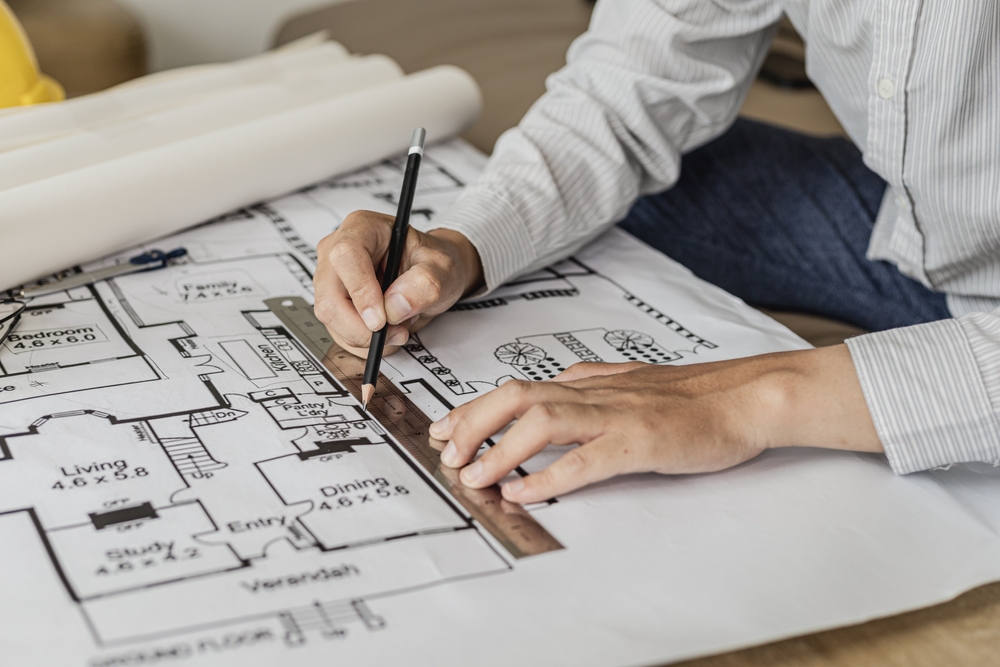Architects play a vital role in shaping the built environment, balancing aesthetics, functionality, and safety. However, the complexity of design work means that even minor errors can lead to significant legal implications. Understanding these implications is essential for architects to protect themselves and their firms from potential lawsuits, claims, and financial liabilities.
Understanding Design Errors
Design errors can arise from various factors, including miscalculations, misinterpretations of client requirements, or even oversight of building codes and regulations. Common types of design errors include:
- Structural Flaws: Inadequate consideration of load-bearing elements can lead to structural failure.
- Non-compliance with Codes: Failure to adhere to local building codes and regulations can result in fines and required modifications.
- Inaccurate Specifications: Miscommunication about materials and installation methods can result in poor workmanship and project delays.
Legal Implications of Design Errors
- Professional Liability: One of the most significant legal implications architects face is professional liability, commonly referred to as errors and omissions (E&O) liability. If a design error leads to construction defects or failures, the architect may be held responsible for damages. This liability can include:
- Direct Damages: Costs associated with rectifying the design flaw, including repairs and modifications.
- Consequential Damages: Additional costs incurred due to project delays, loss of use, or impact on third parties.
- Legal Fees: Costs associated with defending against lawsuits or claims arising from the design error.
- Breach of Contract: Design errors can also lead to claims of breach of contract. If an architect fails to deliver a design that meets the agreed-upon specifications or industry standards, clients may seek damages for breach of contract. This claim can arise from clients seeking to recover costs incurred due to the architect’s failure to perform as expected.
- Negligence Claims: Architects owe a duty of care to their clients and other stakeholders involved in a project. If a design error results from negligence—such as failing to perform adequate research or follow industry standards—the architect may be liable for damages. To establish negligence, the following elements must be proven:
- The architect had a duty to act with reasonable care.
- The architect breached that duty by failing to meet the standard of care.
- The breach caused the plaintiff to suffer damages.
- The damages were a direct result of the breach.
- Reputational Damage: Beyond legal and financial implications, design errors can significantly impact an architect’s reputation. Clients and industry peers may view repeated mistakes as a sign of incompetence, leading to loss of business and credibility. Maintaining a strong reputation is vital for architects, as word-of-mouth and referrals play a crucial role in securing new projects.
Mitigating Risks Associated with Design Errors
- Invest in Professional Liability Insurance: One of the best ways architects can protect themselves from the financial consequences of design errors is by investing in professional liability insurance. This coverage can help manage the costs associated with claims, legal fees, and damages arising from design flaws.
- Implement a Quality Control Process: Establishing a robust quality control process can help catch errors before they become significant issues. This includes regular reviews of designs, collaboration with engineers and other specialists, and adherence to industry standards and codes.
- Maintain Clear Communication: Open and transparent communication with clients is crucial for minimizing misunderstandings. Documenting all communications, including design decisions and client approvals, can provide valuable evidence if disputes arise.
- Continual Education and Training: Keeping abreast of the latest developments in building codes, materials, and design techniques is essential for architects. Regular training and professional development can help architects improve their skills and reduce the likelihood of design errors.
- Document Everything: Thorough documentation is critical in protecting architects from liability. Maintain detailed records of design processes, client communications, and project changes to support your case if disputes arise.
How We Can Help
At Stryker Slev Law Group, we understand the complexities and challenges architects face in their profession. Our experienced attorneys specialize in construction defect and commercial real estate law, providing comprehensive legal support tailored to the needs of architects in San Diego, Los Angeles, and Southern California.
Whether you need assistance with contract negotiation, risk management strategies, or representation in the event of a dispute, we are here to help. Our firm’s extensive knowledge of construction law positions us as a trusted partner for your legal needs.
If you are an architect seeking to understand the legal implications of design errors and implement effective strategies to mitigate risks, contact Stryker Slev Law Group today. Together, we can build a solid foundation for your firm’s success and protect your reputation in the industry.



